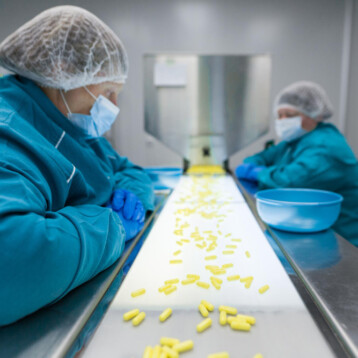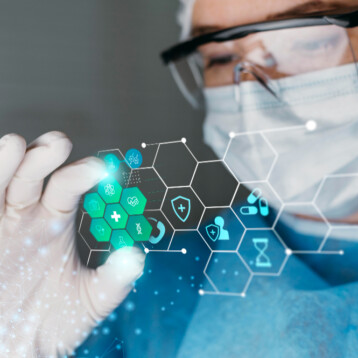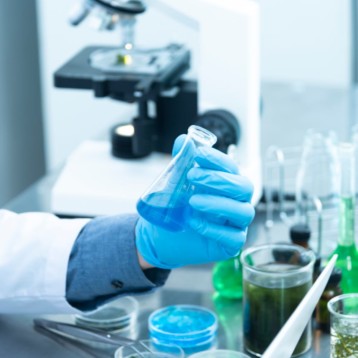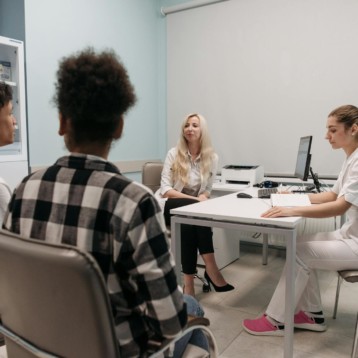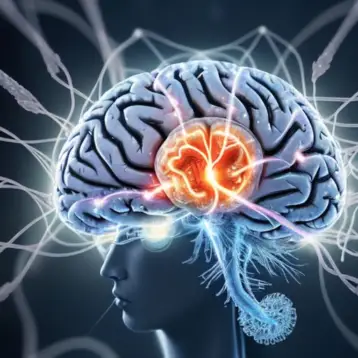|
Multiple Sclerosis (MS) and Amytrophic Lateral Sclerosis (ALS) are diseases related to the nervous system that currently do not have a cure. MS is the most common neurodegenerative disease. It is a chronic autoimmune inflammatory disease in which an individual’s immune system attacks the central nervous system (CNS), gradually destroying the myelin layers that surround and electrically insulate specific parts of neurons (nerve cells). The myelin layers are important because they enable neural impulses to propagate along the neurons at a high speed. Although the CNS is able to recruit stem cells of remyelinating cells (named oligodendrocytes), these cells are somehow inhibited in repeatedly attacked areas. For this reason, repeated attacks of the immune system can lead to severe impairment of the neural signals and to scarring of the damaged portion of the neuron. MS symptoms depend on the location of the multiple lesions’ occurrence in the CNS. These neurological deficits are progressively accumulated, leading to functional sphincter, sensor, and motor deficiencies. The patient’s vision and balance are also damaged.
Amyotrophic Lateral Sclerosis (ALS, or Lou Gehrig‘s Disease) is one of the most common neuromuscular diseases worldwide. It is a progressive, usually fatal, neurodegenerative disease caused by the degeneration of motor neurons, the nerve cells in the CNS that control voluntary muscle movement. As motor neurons degenerate and die, neural signaling to the muscles ceases, resulting in muscle weakness, atrophy, and twitches throughout the body. Patients may ultimately lose their ability to control all voluntary movements except of the eyes. The cause of ALS is not known, and no cure has been found for the disease.
Mesenchymal stem cells are found in the bone marrow and are multipotent – they can differentiate into a variety of cell types, including CNS cells (such as oligodendrocyte-like cells), if cultured in the right conditions. They have also been shown to be able to migrate into the brain. These features make autologous (self) bone marrow transplants, on which the treatment developed at Hadassah University Hospital was based, a possible method for treating various neural diseases.
Professor Dmitrius Karussis, a Senior Neurologist at Hadassah and the Director of the new Multiple Sclerosis Center, worked in collaboration with the University of Athens, and with Professor Shimon Slavin, the Former Director of the Department of Bone Marrow Transplantation (BMT) and the BMT Laboratory at Hadassah. The scientists successfully isolated mesenchymal stem cells from the patients’ bone marrow, cultured them under special conditions, and generated over 50 million stem cells within two months. The mesenchymal cells were marked so that the scientists could track them and verify that they reach the intended destination in the patient’s body. The cells were then transplanted by a lumbar injection into the patient’s spinal cord (into the spinal fluid of the CNS). Each patient served as his/her own bone marrow donor.
According to Professor Karussis, the effectiveness of stem cells was initially studied in laboratory animals, where it was found that stem cells from bone marrow can reduce cerebral damage and improve the animal’s functioning. During the past two years Professor Karussis has conducted clinical trials with 9 patients suffering from multiple sclerosis and with 16 patients suffering from ALS. “Most of the patients who underwent this process report an improvement in their condition,” Professor Karussis said. The purpose of this initial trial was to identify undesired effects of the procedure. So far, no major safety issues have been encountered. However, a controlled larger scale clinical trial should be conducted in order to establish the safety and efficacy of the treatment.
|
Directed to differentiate into specific cell types, stem cells offer the possibility of a renewable source of replacement cells and tissues to treat a variety of diseases. A number of stem cell therapies already exist, particularly bone marrow transplants that are used to treat leukemia. Medical researchers expect stem cell technologies to treat a wider variety of diseases in the future, including cancer, Parkinson’s and Alzheimer’s diseases, spinal cord injuries, strokes, heart disease, diabetes and arthritis. The clinical trial in Hadassa is supporting this approach, giving patients suffering from various diseases a hope for effective treatments or even cures.
TFOT recently published a comprehensive article about stem cells, covering their biological origin, applications and ethical issues. We also covered another stem cell therapy research that demonstrated the differentiation of human stem cells into heart muscle cells, and a different approach for the creation of tissues, which was demonstrated by an artificial vascular system developed in Cornell University.
Hadassah’s press release of the experimental stem cell treatment is available here.




